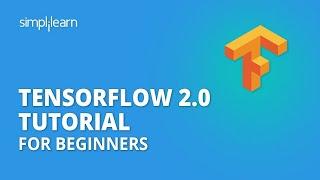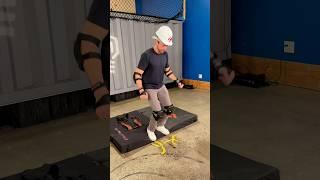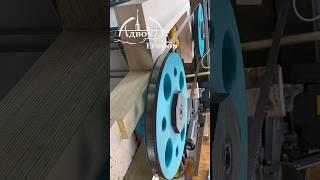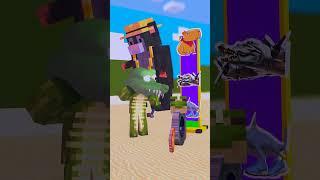
TensorFlow 2.0 Tutorial For Beginners | TensorFlow Demo | Deep Learning & TensorFlow | Simplilearn
Комментарии:

Nice
Ответить
We are so thankfully for this course, for sure Tensorflow is really essential nowadays.
Ответить
can u give link to dataset
Ответить
I remember struggling with this 5 years ago. I wish you were there then. (the tensor stuff)
Ответить
@ Simplilearn - can you attach the jupyter notebook or send in an email please.
Ответить
can u give link to dataset
Ответить
hey @simplilearn !! Thats really a cool video. Can you attach the jupyter notebook pls?
Ответить
Great teacher, clarifying all small details. Thanks
Ответить
Hi, can you send me the source code ?
Ответить
48m in when you realize that there is no link to the dataset.
Ответить
Really talented teacher, detailed, easy to follow explanations, THANK YOU!!
Ответить
How do you create a placeholder with the newer versions of tensorflow, because I keep getting errors here
Ответить
@ Simplilearn - could you please attach the jupyter notebook or send in an email please.
Ответить
Hi can you email me the data set please?
Ответить
Excellent video. I am wondering why you didn't post the Jupyter notebooks. It's a little tedious having to type everything in to follow your examples. Thanks for posting - I learned a lot.
Ответить
I am giving this a whirl... Please send me the dataset if that is still possible.
Ответить
Thanks for the video. is the air_quality data set used publicly available?
Ответить
You break down EVERYTHING just in case we don't know a basic term. This is very good and I appreciate it
Ответить
Could I please have the dataset?
Ответить
Got an attribute error module TensorFlow' has no attribute 'global_variables_initializer'
Ответить
Abandoned this tutorial at 48 minutes as no link to dataset given.
Ответить
This is one of the best tutorials I have found, I am a bit disappointed that the data set is not provided and has to be emailed. I have been following along very diligently and now can't proceed.
Ответить
Could you send the dataset, please?
Ответить
great tutorial but where can i get the notebook and data set
Ответить
Why is the input size the LSTM (1, look_back) when trainX is formatted like [samples, time steps, features]? Shouldn't it be size=(lookback, 1)? Will like and subscribe for an answer :)
Ответить
Thank you. It was very helpful.
Ответить
Thanks for watching the video. The link for the dataset used in the video is provided in the description. Thanks!
Ответить
Great start and clear explanation of the big picture and process flow... too much beating around the bush on non-relevant topics (e.g., data curation) in the mid sections of video.
Ответить
Very good explanations
Ответить
Did you just say "num-pee" lol. j/k great video
Ответить
Hi, can I get the Jupiter notebook plz?
Ответить
Nicely explained. Thank you for sharing your knowledge.
Ответить
Great video! Thanks for the simple and straightforward explanation.
Ответить
Love it!
Ответить
Honestly, I wish this tutorial was a bit more focused. You are patient in your explanations, but I really would have liked more on the model set up in TF with maybe a quick sketch on how the network you build looks like. Instead you talked a lot about pandas formatting and visualization which doesn't fit the title of the video.
Ответить
Great class.
Keep up the good work.
Thank You,
Natasha Samuel

Thank you tf 2 for avoiding those horror parts which made me fear Tensorflow
Ответить
I bet Tensorflow developers have so much love for Matlab
Ответить
I'm wondering if the objective of the tutorial/model is to just train and predict based on one FEATURE (Temp); why all those bunny trails about humidity, date conversions, quantile distributions, for loops etc. It is clear the instructor is reading the code and pasting it and not knowledgeable about it from the perspective he was good.
Always keep the concepts simple especially if you are passing a single series of data called Temp and trying to predict from it... way over complicated for the end result.


























